GOALS & OBJECTIVES
- In this time of chaos, do you find yourself asking these questions?
- Basic understanding of radio waves.
- Basic understanding of the types of handheld radio technology.
- Understanding of the legal requirements for this technology.
- Be aware of HAM radio education resources.
- Access to HAM radio testing sessions.
- Be able to make a decision regarding your family or local community communication needs.
- Get your questions answered about handheld radio technology.
- This presentation will NOT involve programming the radios. There are instructions in PDF format at corac.co on the Communications team page. Understanding some of the concepts can help with programming.
- This presentation is no inclusive of everything concerning radio waves and radios; this information is simply to “shorten your learning curve.”
RADIO WAVES & EMS
- Part of the electromagnetic spectrum (EMS).
- EMS comprised of many different types of waves.
- EMS waves can be controlled by electricity and magnets or their fields.
- Consists of the longest waves of the EMS; according to NASA, ranging from more than 62
- miles (100 kilometers) long down to @ 0.04 inches (1 millimeter).
- EMS organized by 2 measurements: wavelength and frequency.
RADIO WAVE COMPONENTS

- Amplitude = height.
- Frequency = rate of occurrence.
- Wavelength = length.
- Measured in hertz.
- 1 hertz (Hz) is one cycle per second.
- A cycle is measured from crest to crest of a wave.
- 1000 Hz = 1 kilohertz (kHz).
- 1000000 Hz = 1000 kHz = 1 megahertz (MHz).

- The longer the wavelength, the lower the frequency and energy.
- The shorter the wavelength, the higher the frequency and energy.
RADIO WAVE MODULATION
- A radio that sends radio waves is a transmitter.
- A radio that receives radio waves is a receiver.
- Radio waves can be produced by radio transmitters and received by radio receivers because of antennas.
- A single radio that can transmit and receive radio waves is called a transceiver.
- To send information by radio waves, it has to be coded in some way.
- Requires two different waves: 1) The carrier wave, 2) The information bearing wave (the modulated or modified radio wave).
- There are two main methods: 1) Amplitude modulation (AM) encodes the information by varying or modifying the amplitude, or height, of the waves. 2) Frequency modulation (FM) encodes the information by varying or modifying the number of waves per second.
- AM waves are impacted by environmental factors that affect sound quality.
- FM waves have better sound quality because they are not impacted by environmental factors as much.

RADIO WAVE PROPAGATION
- Radio waves of different frequencies contain various characteristics of propagation (behavior as they travel) along the Earth’s surface and in the Earth’s atmosphere.
- Longer waves (LW & MW) can bend around different obstacles and follow the outline of the horizon.
- Shorter waves (SW) reflect off the ionosphere and get back over the horizon of sky waves (HF).
The longer the wavelength the lower the frequency and energy, lower energy waves bend more. The shorter the wavelength the higher the frequency and energy, higher energy waves bend less.
Shortwave radio can be used for very long distance communication (HF), in contrast to radio waves of higher frequency (VHF/UHF) that travel in straight lines (line-of-sight propagation).
Radio Waves are grouped into bands of related waves and frequencies
- Bands do not mix with each other.
- Your radio is designed for picking up specific bands.
- HF radios can not pick up VHF/UHF signals.
- VHF/UHF radios can not pick up HF signals.
- A HAM operator may have his or her “radio station or HAM shack” set up with equipment to transmit or pick up the different bands (HF/VHF/UHF).

AMATEUR RADIO BANDS
Wavelength
- 70cm for UHF
- 2M for VHF
- 20M, 40M for HF
Frequency (FQ)
- 420 MHz for UHF
- 144 MHz for VHF
- 14 MHz, 7 MHz for HF
Notice that as wavelength increases, frequency decreases.
- 20M – 14 MHz
- 40M – 7 MHz
- 80M – 3.5 MHz
INTERFERENCE/NOISE WITH AMATEUR RADIO SIGNALS
There are many reasons a person can have the best equipment and yet have problems sending or receiving a radio signal.

Natural
- Sun (Decrease is good for VHF/UHF; increase is good for HF)
- Atmosphere
- Weather (lightening, clouds, rain, snow)
- Trees

Manmade
- Power lines
- EMPs (electro-magnetic pulse)
- Radar
- Consumer Electronic Devices
- HAM radios on nearby FQ’s
- Buildings (outdoor obstacles)
“One man’s noise is another man’s signal.” – Dave Casler KE0OG

WHAT IS MOST IMPORTANT WITH A RADIO?
Power or wattage? Antenna? Why?
Both can increase the effective range of the radio!
SINGLE BAND/DUAL BAND
- A radio designed for only operation on the UHF frequencies is known as a single band radio.
- A radio designed for operation on VHF/UHF frequencies is known as a dual band radio.
- As a general rule, radios with access to VHF and/or UHF frequencies work best outdoors.
Which band is better?
Depends on your needs.
UHF vs. VHF
- Works slightly better indoors.
- Possible to penetrate walls.
- Travel shorter distance.
- Better in urban areas.
VHF vs. UHF
- Works slightly better outdoors.
- No possibility to penetrate walls.
- Travel farther distance.
- Better in suburban and rural areas.
FRS RADIOS
- FRS is the abbreviation for Family Radio Services.
- “Walkie-talkies”, mobile radios designed to be used for family activities.
- No test or license required by the FCC.
- Power output is 0.5 Watts to 2 Watts.
- Operates on FM UHF band (SINGLE BAND).
- Work on dedicated frequencies called channels.
- 22 FRS channels available.
- Shares channels 1-7 and 15-22 with GMRS since 2017.
- Many FRS radios only work on Channels 8-14 but may be numbered 1 – 7.
- NOAA Weather alert.
- Typical communication distance is 0.5-2 miles.
- Requires a fixed antenna (stubby antenna due to limited range).
- Great for short distances, dense woods or around buildings.
- About $50.00 per two pack.

FRS/GMRS CHANNELS & FREQUENCIES
HOW TO APPLY FOR A GMRS LICENSE
Visit radioreference.com forums for detailed information on how to apply for a GMRS license and receive your FCC call sign.
- Create an FCC Universal Licensing System account.
- Log in to the ULS.
- Begin application for a GMRS license.
- Submit the application & fee.
- Receive call sign and download authorization documents.

HT RADIOS
- HT is the abbreviation for Handheld Transceiver HAM Radios.
- “Handy-talkies”, mobile radios designed to be used on VHF/UHF HAM bands.
- A radio with access to VHF/UHF is a DUAL BAND radio.
- Test AND license required by the FCC (good for an individual for 10 years).
- Requires at least a Technician license to transmit.
- No license required to listen, but DO NOT PRESS THE PTT (push-to-talk) BUTTON.
- Can transmit if emergency exists without a license.
- If used and no emergency exists other HAMS can & will report you.
- FCC penalty for unauthorized use can include seizure of equipment, fines and other civil and criminal penalties.
- Works on some dedicated frequencies called channels and free frequencies.
- Cannot be used on FRS/GMRS channels.
- NOAA Weather alert.
- Typical communication distance 2-6 miles without a repeater, 6-30 miles with a repeater.
- Comes with a “rubber-duck” antenna.
- “Your radio is only as good as your antenna.”
- To improve reception upgrade antenna(s).
YAESU FT-60R
- Power output is 5 Watts
- Japanese made radio
- Cost @$155.00 + tax, shipping & accessories
- Sturdy, well built radio
Package usually comes with the radio, one battery, standard “rubber duck” antenna, a standard battery charger, USB cable, belt clip, warranty card and instruction manual.

Be sure to check out what is included in your radio purchase.
Vendors
Recommended minimum:
- The radio.
- One or more extra batteries.
- Upgraded antenna to increase range of radio (Diamond SRH77CA).
Consider adding one or more of the following:
- Rapid charger (normal charger takes @ 9 hours to fully charge battery, @ 3 hours with this).
- Car charger (allows the vehicle battery to charge the transceiver battery).
- Solar battery bank (allows the battery to be charged directly with solar battery).
- Cloning cable if two or more of the same radios are purchased. Allows you to easily clone additional similar radios once you program the initial radio.
YAESU FT-60R
- Power output is 5 Watts
- Japanese made radio
- Cost @$175.00 + tax, shipping & accessories
- Sturdy, well built radio
Package usually comes with the radio, one battery, standard “rubber duck” antenna, a standard battery charger, USB cable, belt clip, warranty card and instruction manual.

Be sure to check out what is included in your radio purchase.
Vendors
Recommended minimum:
- The radio.
- One or more extra batteries.
- Upgraded antenna to increase range of radio (Diamond SRH77CA).
Consider adding one or more of the following:
- Rapid charger (normal charger takes @ 9 hours to fully charge battery, @ 3 hours with this).
- Car charger (allows the vehicle battery to charge the transceiver battery).
- Solar battery bank (allows the battery to be charged directly with solar battery).
- Cloning cable if two or more of the same radios are purchased. Allows you to easily clone additional similar radios once you program the initial radio.
BAOFENG BF-F8HP
- Power output is 8 Watts
- Chinese made radio
- Cost @$65.00 + tax, shipping & accessories
- Relatively inexpensive radio
Package usually comes with the radio, one 2100 mAh battery (small battery), standard “rubber duck” antenna, a standard battery charger with wall adapter plug, single PTT OEM earpiece kit, belt clip, warranty card and instruction manual.

Be sure to check out what is included in your radio purchase.
Vendors
Recommended minimum:
- The radio.
- One or more extra batteries (BL-5L 3800 mAh battery, large battery).
- Upgraded antenna to increase range of radio (Nygoya NA-771).
Consider adding one or more of the following:
-
USB to 10V Smart Charger (allows the battery charger dock to be used with a USB solar battery).
-
BT1013 USB Direct Battery Charger Cable (allows the battery to be charged directly with a USB solar battery)
-
BL-5 AA Battery Pack (allows the use of AA batteries, standard or rechargeable)
-
BL-5 Battery Eliminator Car Charger (does not charge the battery, allows the radio to use the vehicle’s battery to power the transceiver)
-
PC03 programming cable (will need to download CHIRP software, which is FREE) chirp.danplanet.com
Be careful of counterfeits.

HAM RADIO EDUCATION RESOURCES
Online
-
hamtestonline.com ($24.95 for 6 months access)
-
hamradioprep.com ($35.00 for lifetime access)
-
hamradioschool.com (best coupled with the book)
Phone Apps
-
HAM Radio Exam – Tech
Books
- The National Association for Amateur Radio – arrl.org
- Gordon West Technician Class – gordonwestradioschool.com
- HAM Radio School – hamradioschool.com

Find an Amateur Radio License Exam in your year at arrl.org.

WHAT TO DO NEXT?
Learn the phonetic alphabet to give yourself a call sign.
The International Telecommunications Union Standard Phonetic Alphabet:

Example: Whiskey Tango Foxtrot
WTF = Where’s the Fun?!
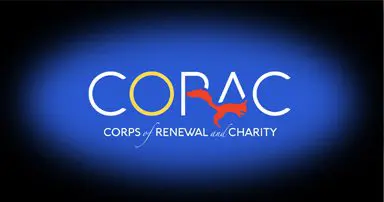





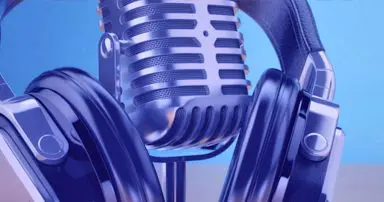
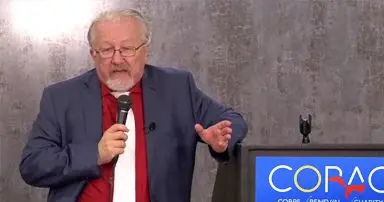
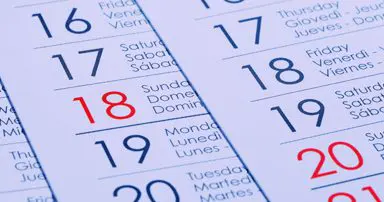

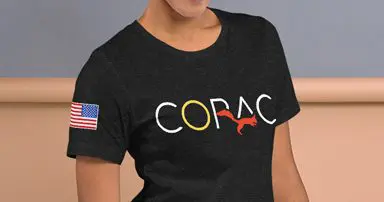








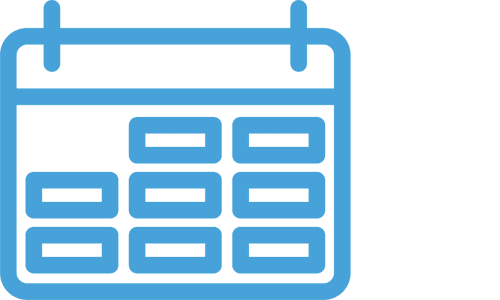







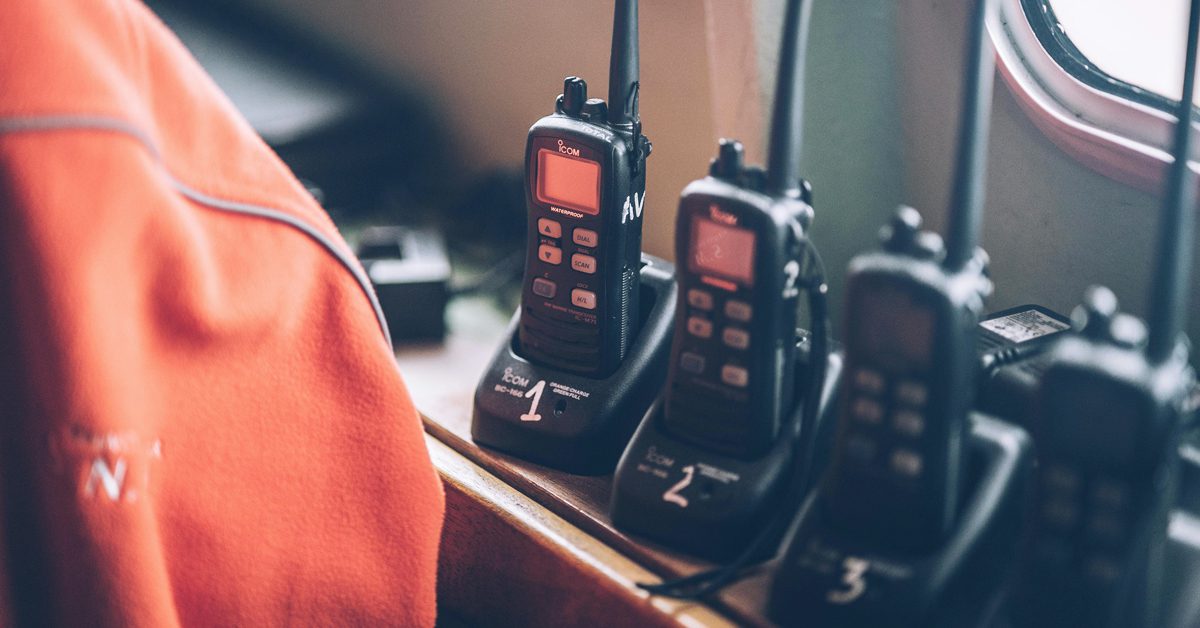
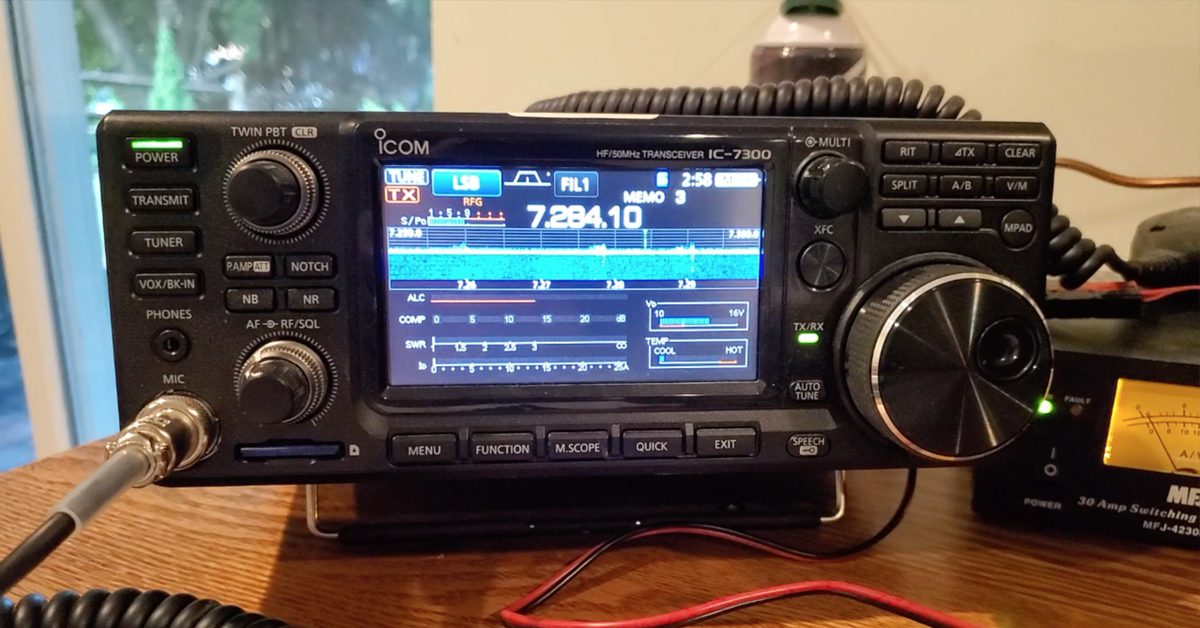

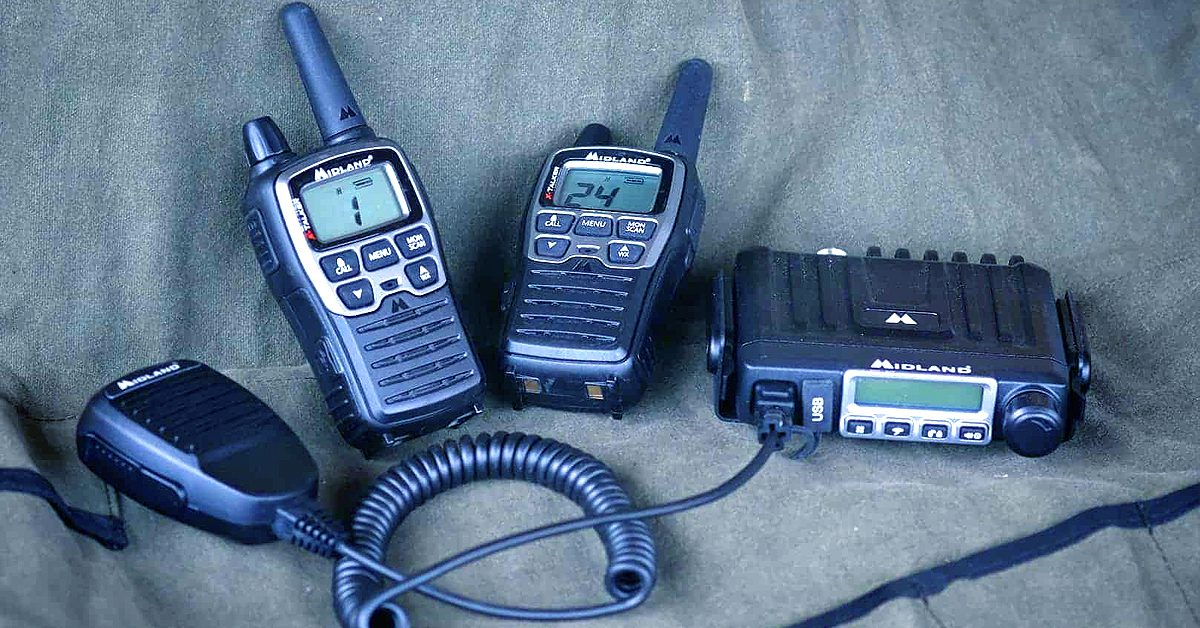
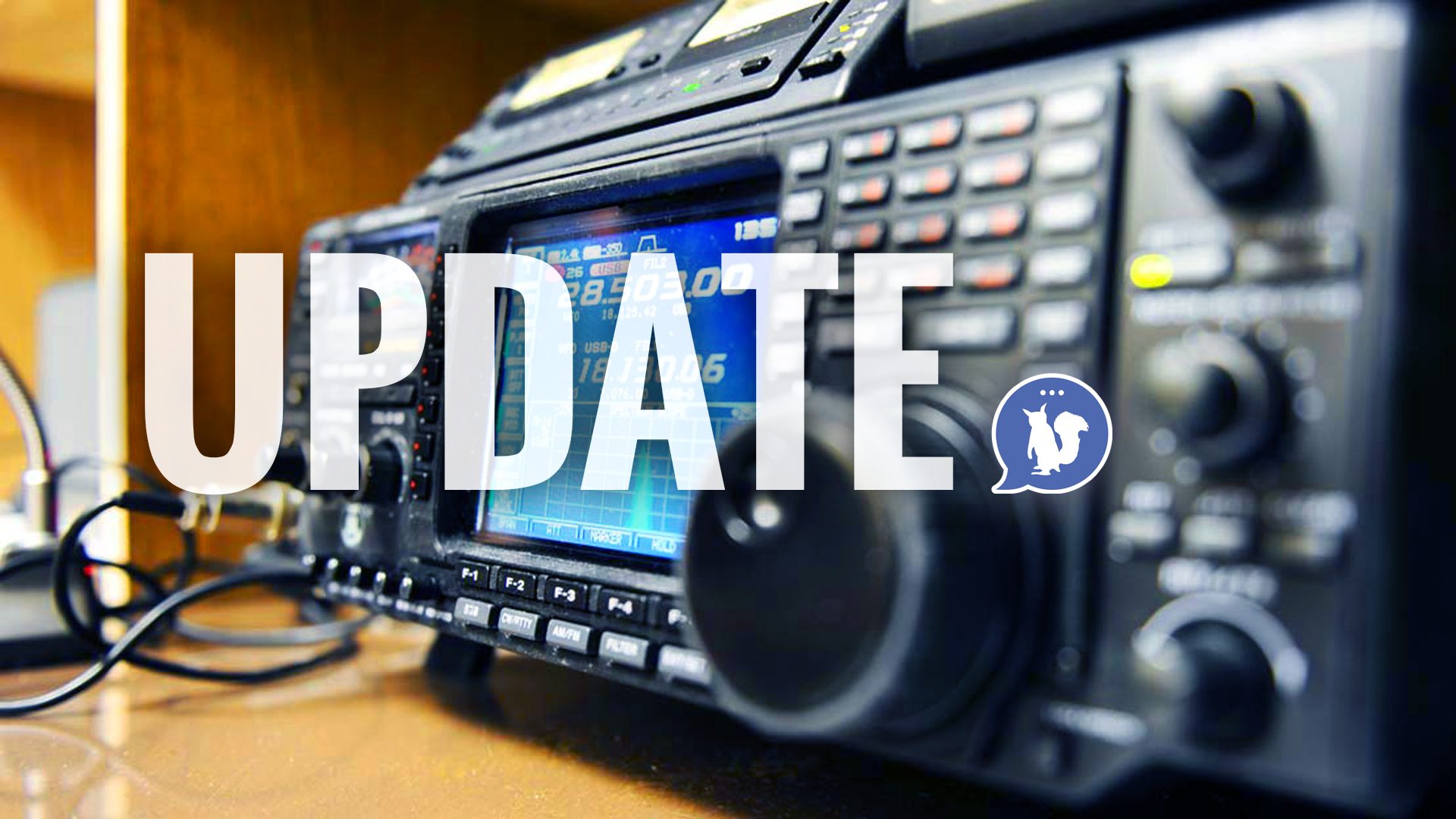

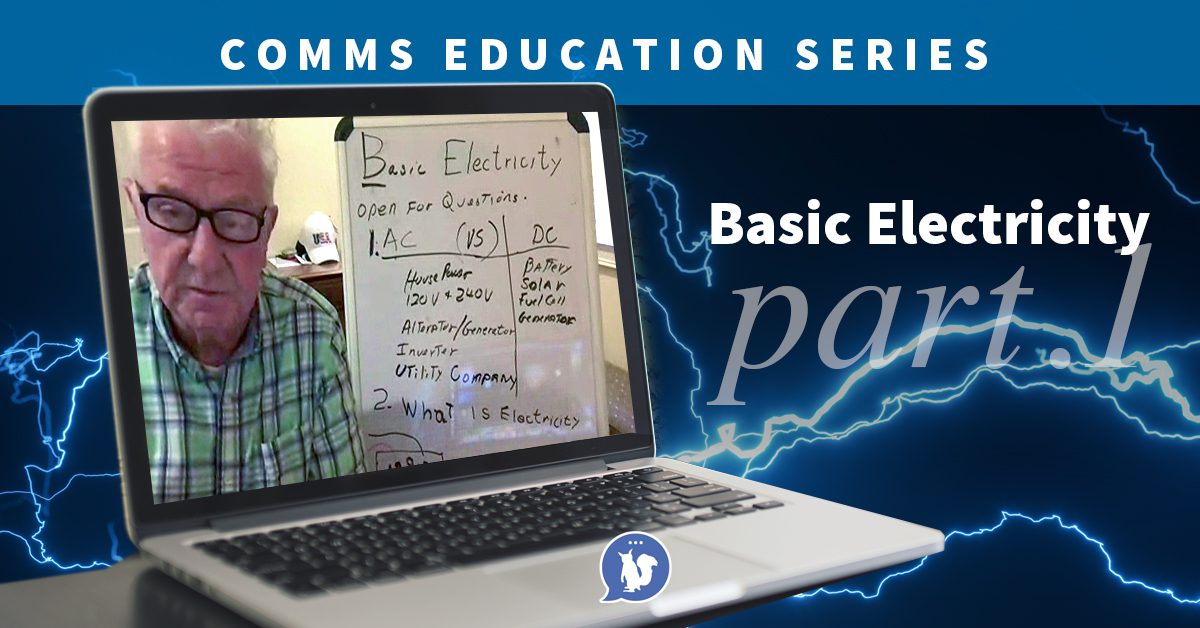
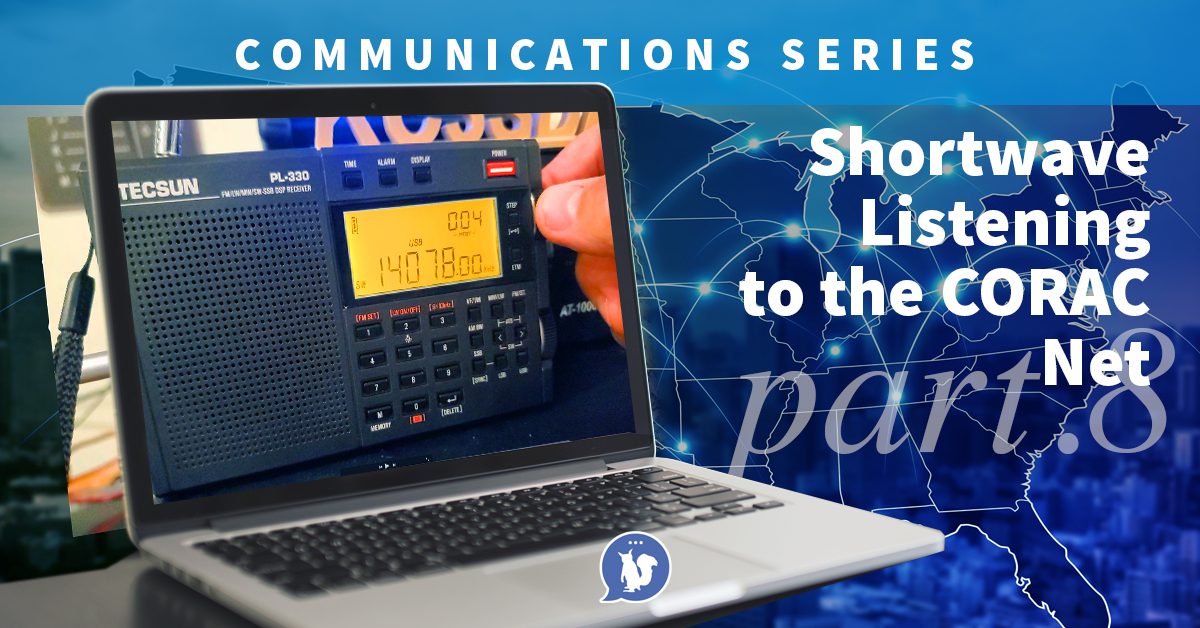
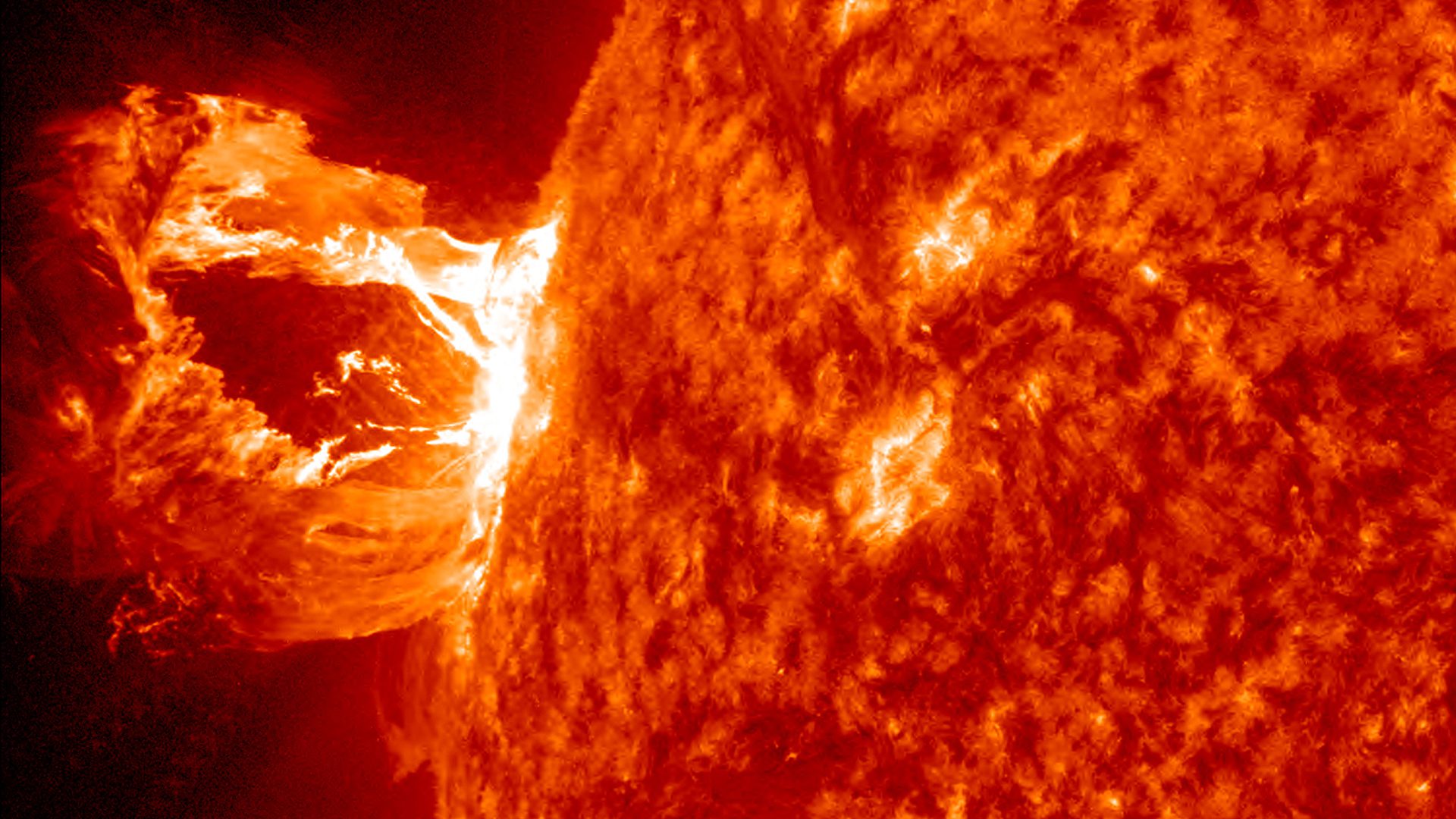
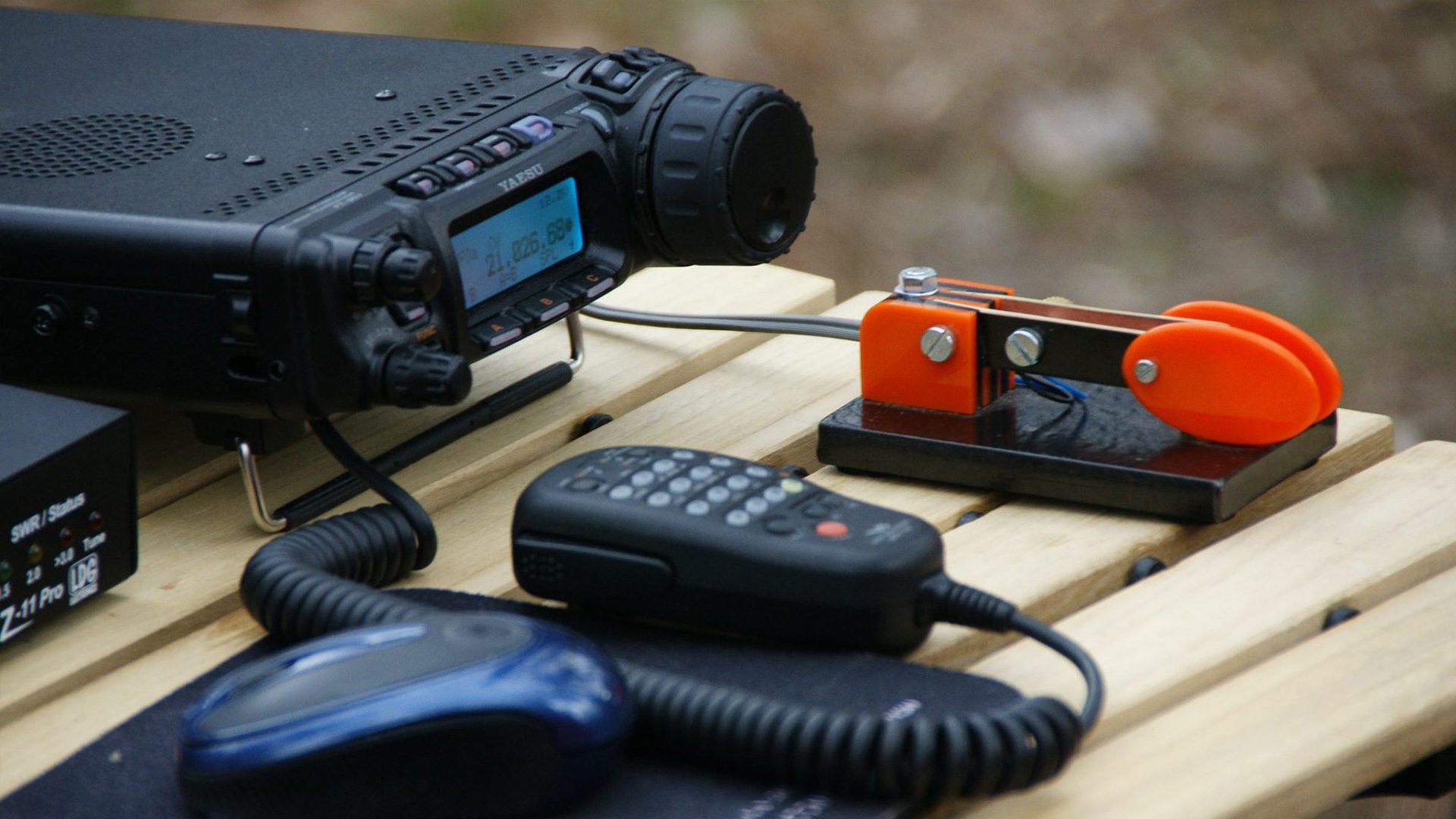
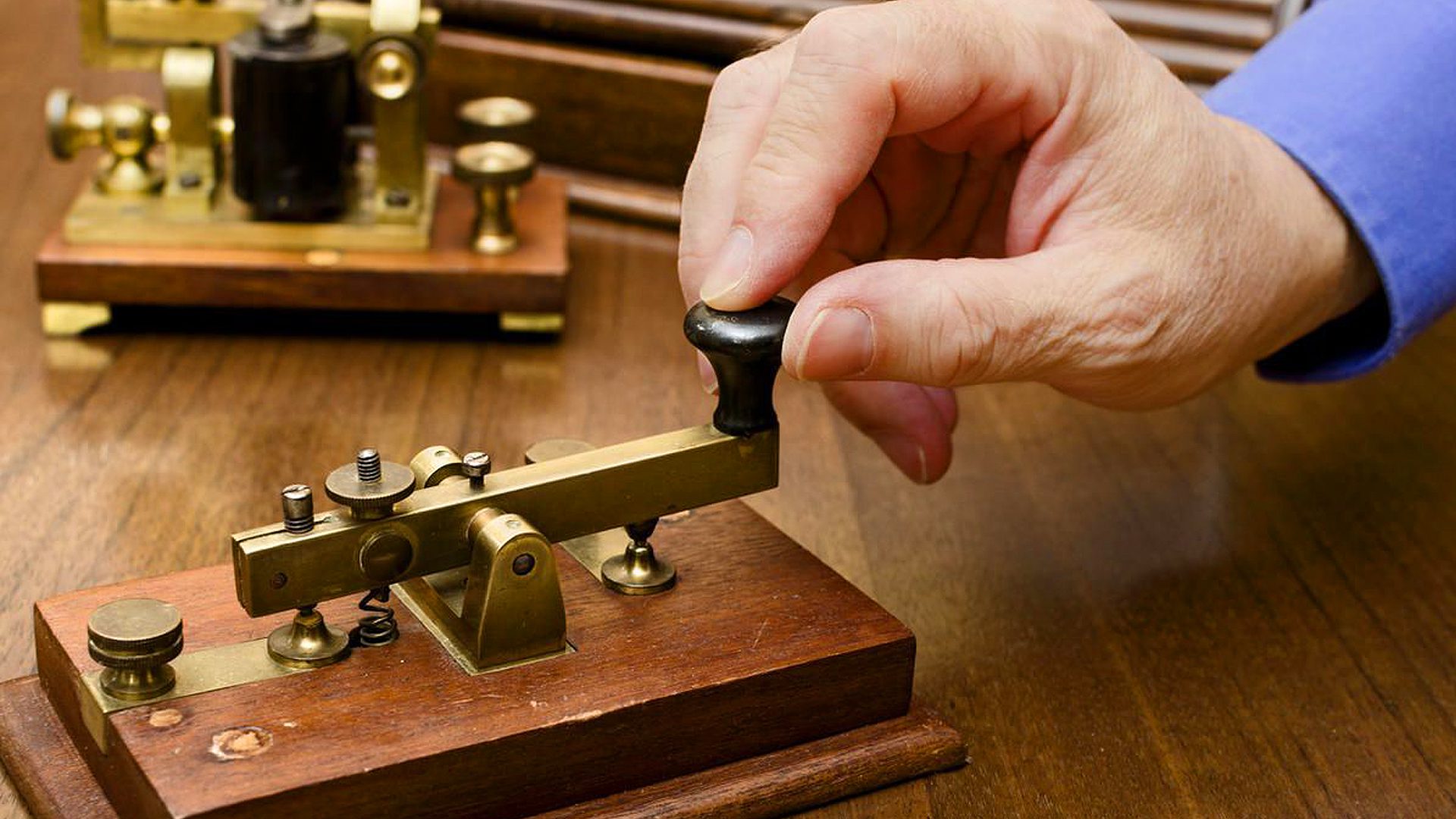

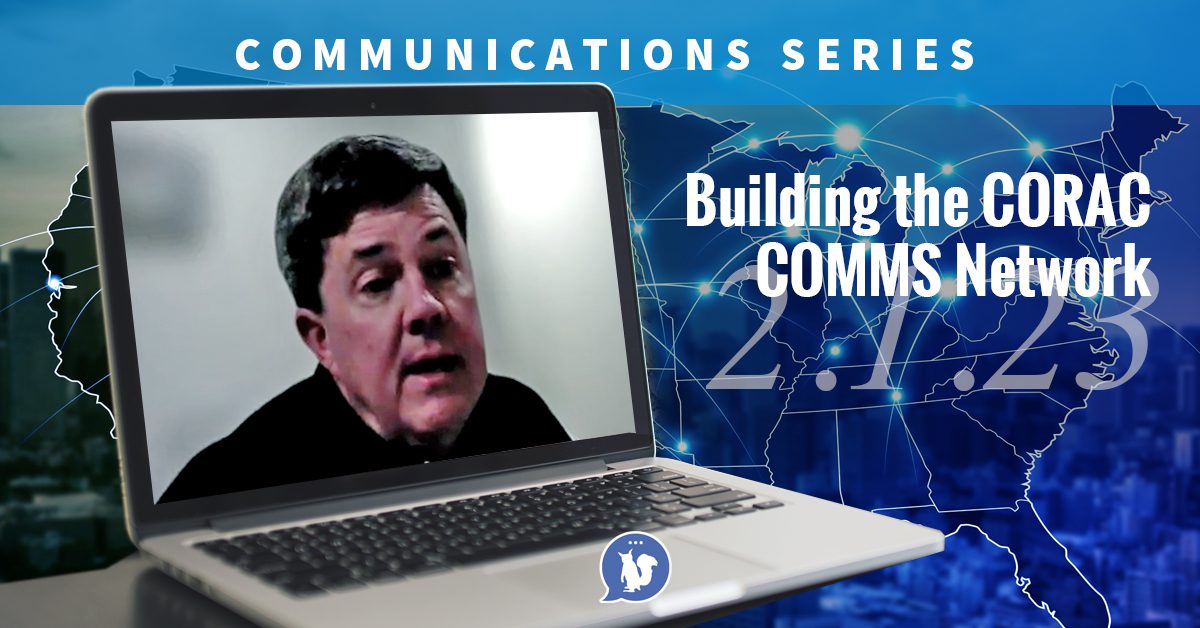

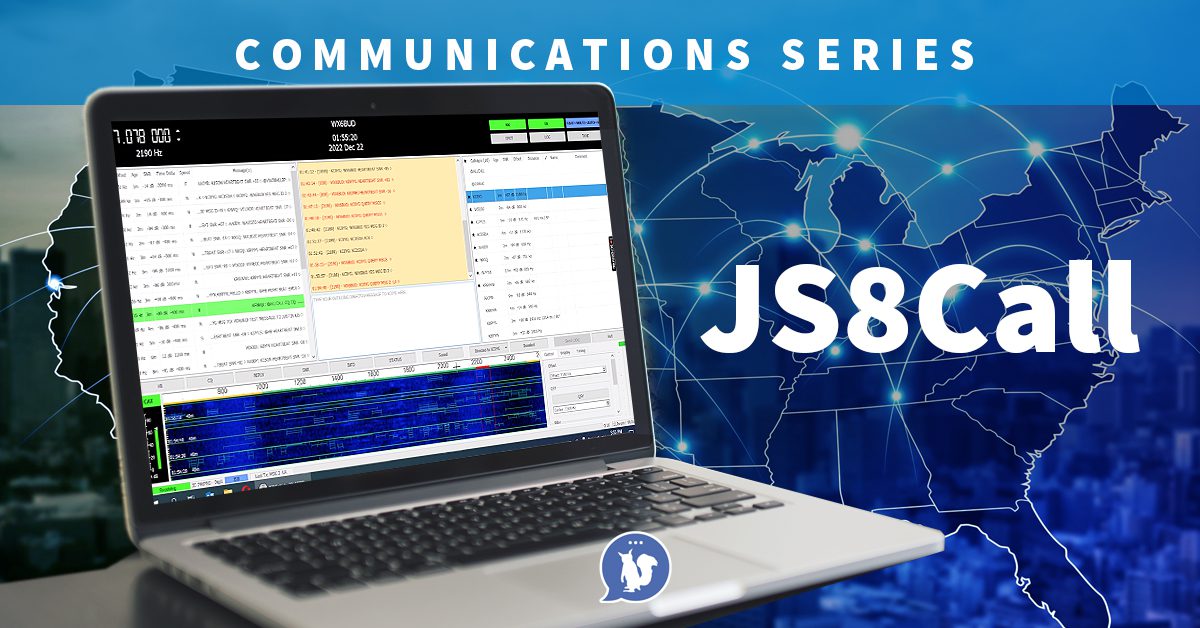
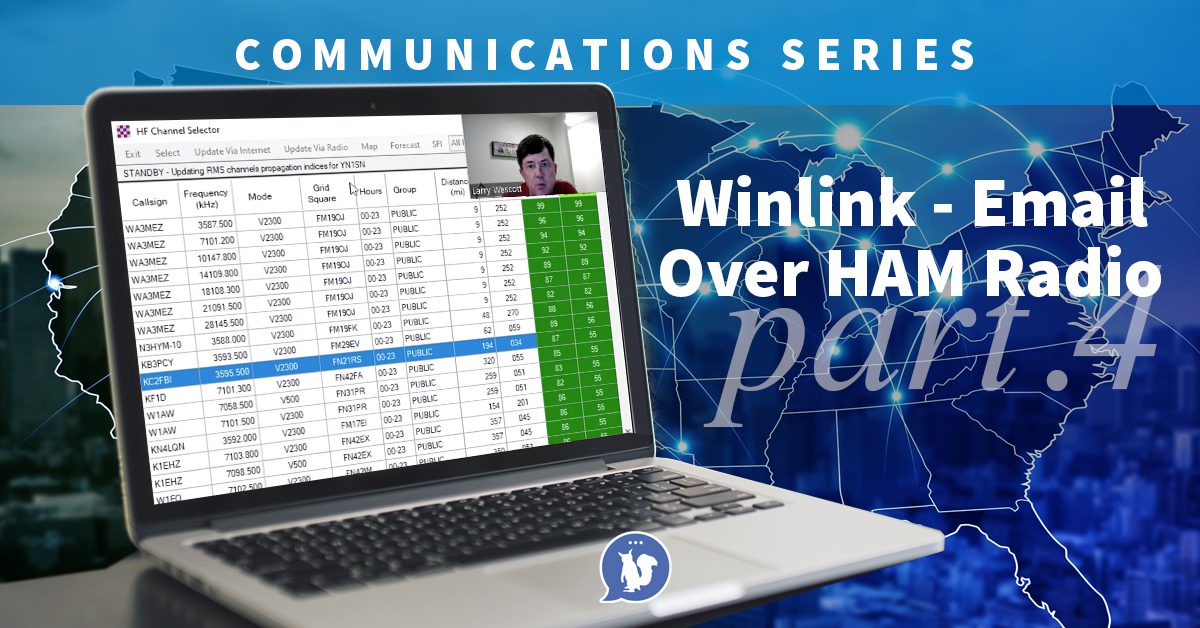
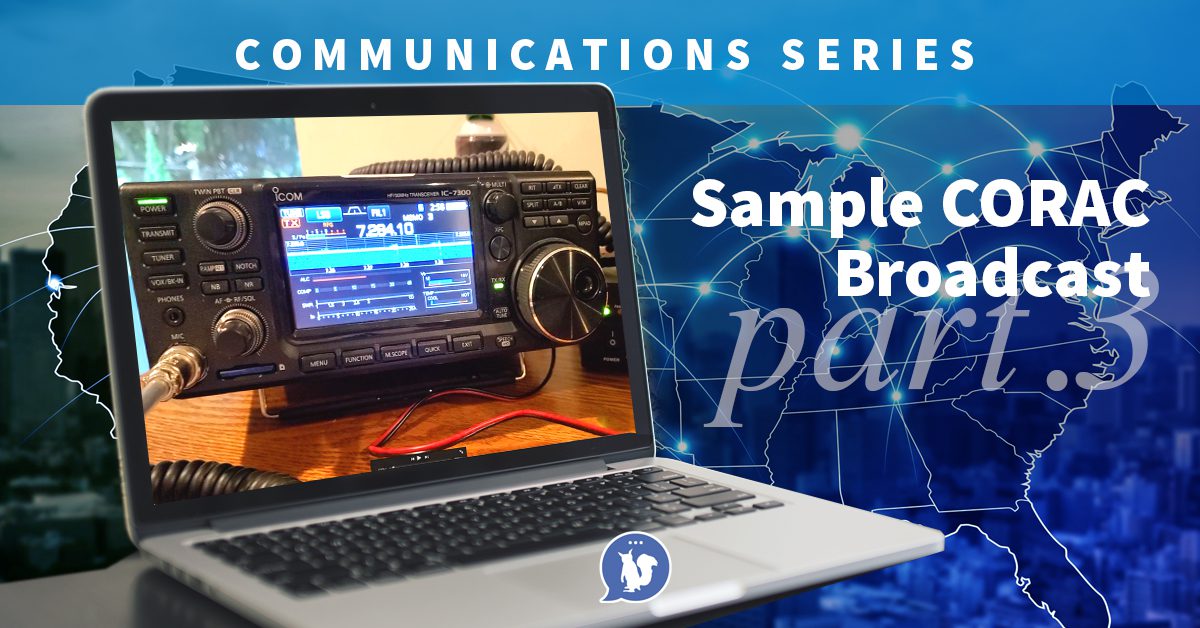
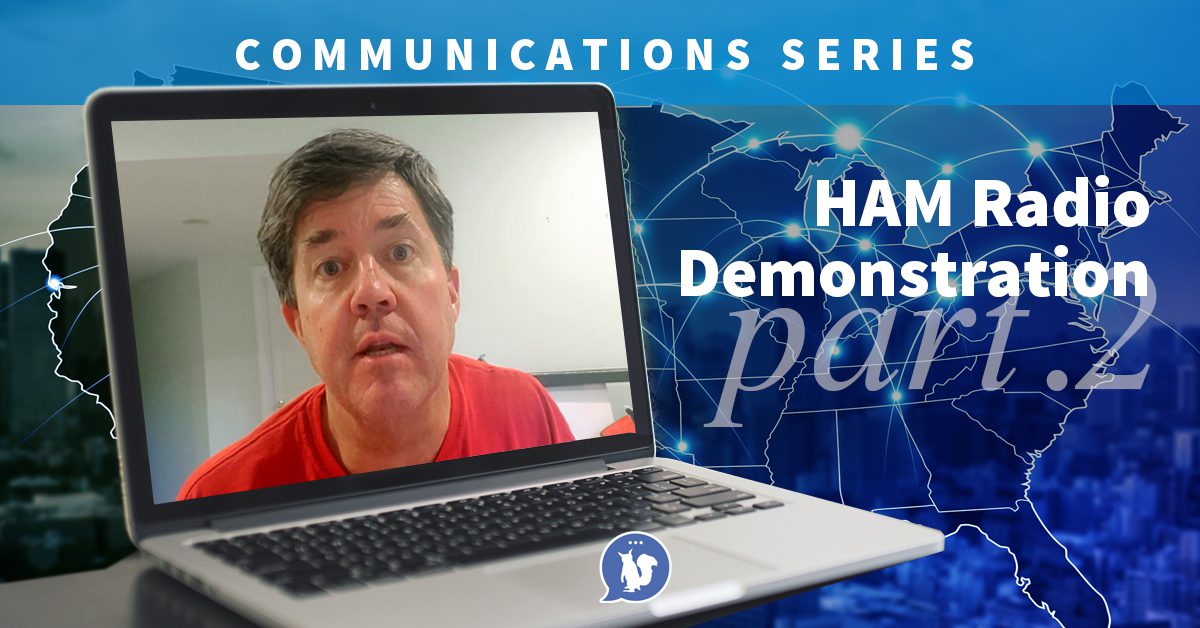
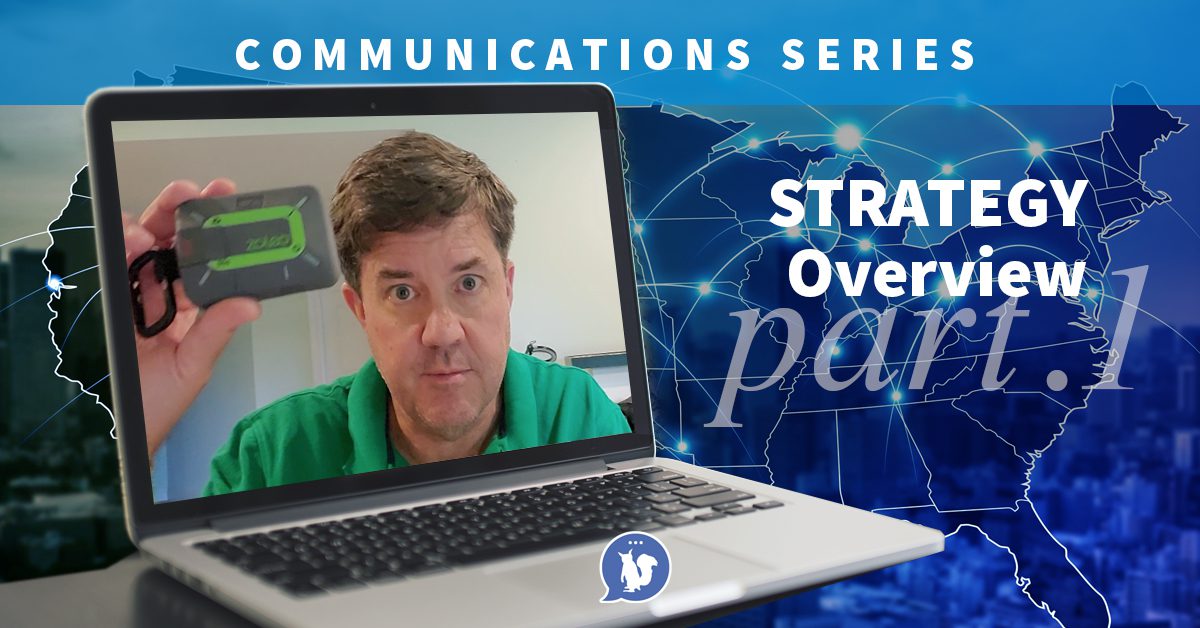

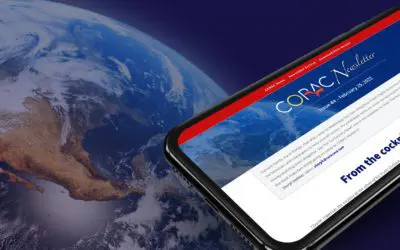

I love this document- it tells me what I need to know to get started. And then there’s squirrels 🐿😍
I will begin my studies here.
Thank-you!
The Comms team is awesome. Be sure to check out Larry’s videos which sort of have a “Comms for Dummies” flavor which I appreciate.